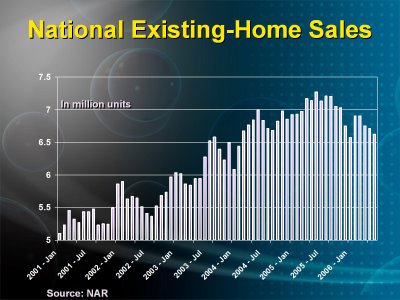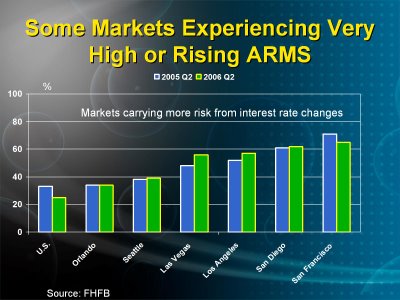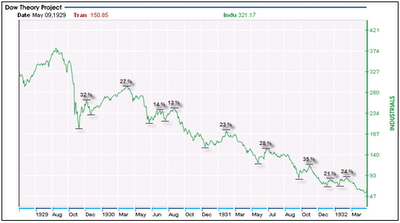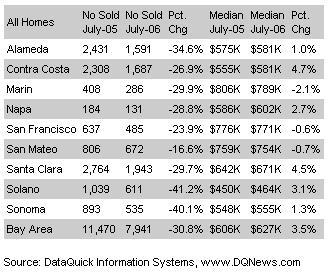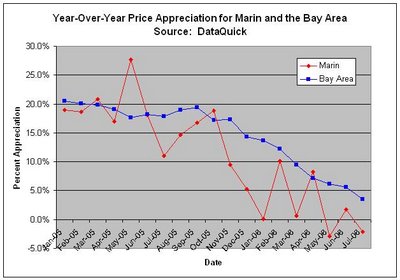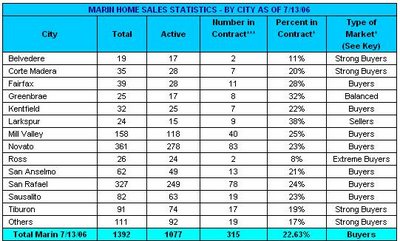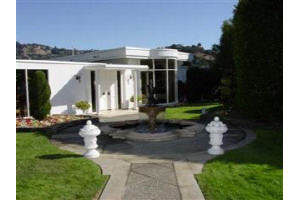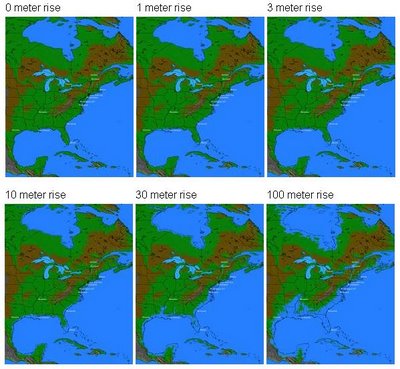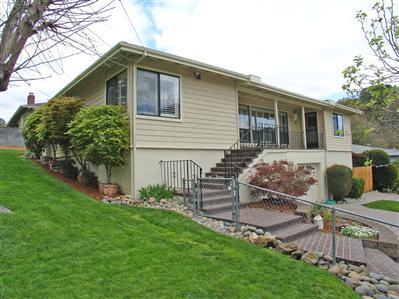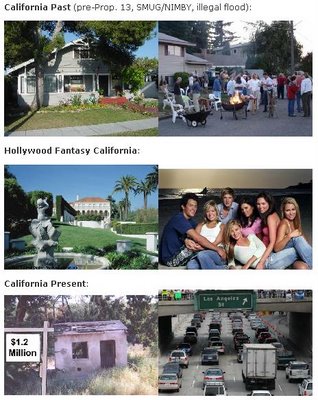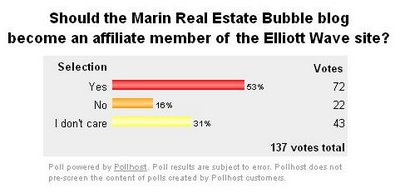 The twin suns of the Rigel Kentaurus system are truely lovely and I am getting tanned rather nicely as a result. As I was sipping a Kentaurian Mai-Tai and watching the youthful Kentaurian studs workout on the beach I decided to check out what was happening on my blog (not much). But I did find a comment by a reader of the Marin POS blog who found this Marin "realtor"/broker's (pictured at left) website and blog.
The twin suns of the Rigel Kentaurus system are truely lovely and I am getting tanned rather nicely as a result. As I was sipping a Kentaurian Mai-Tai and watching the youthful Kentaurian studs workout on the beach I decided to check out what was happening on my blog (not much). But I did find a comment by a reader of the Marin POS blog who found this Marin "realtor"/broker's (pictured at left) website and blog. Thank you reader because this is priceless.
Here is how he describes himself and his blog:
Welcome to personalized hands-on service for all of your Real Estate Buying, Selling and Financing needs. One call handles it all. I am both a Realtor and Mortgage Broker providing the best of both worlds with one point of contact, saving you time and money.Both "realtor" and mortgage broker all rolled into one package and who advocates "creative mortgage management". Hmmm...
Born and raised in Marin County, I live with my wife, Laura, and two children in the house I personally built, utilizing hard work, preserverance and especially the creative mortgage management strategies I now advocate. I invite you to contact me anytime for real-world answers to your real estate questions. For excellent Home Loans and Realtor services in California...
Here are some of the loan types he advocates:
Here is what he says about this Marin POS I blogged about a while ago (underlining is mine):Hundreds of loan options to meet your individual needs. Wholesale rates from top National Lenders. Fast HARD MONEY loans for hard to finance properties. The best High-Loan-To-Value Loans. "No Income and No Asset" requirement loans. Interest-Only and Cash-Flow Options. No Money Down (100% financing) Home Improvement/Remodel Loans. Cash-out for Consolidation or Investments. High LTV Construction Loans. Cross-Collaterialization loans. Loans for "Fixers" and First-time buyers. Multiple Units & Income Properties. Commercial & Apartment cash-flow management. FREE Consultations and On-going Mortgage Management.
It sounds to me that he is advocating making some minor fixes and then flipping the house for roughly double the price. Whoever said there are no flippers in Marin?Here's a little dandy that just came on the market. $395,000 [Marinite: was $440,000 BTW] in a neighborhood of $800,000 to $1,000,000 homes. I'm sure the previous owners ran out of money and steam.... probably in that order. So, what does this picture tell us?: Hillside, no handrail, upsloping lot, possibly no garage or sidewalk. Color indicates 1950's original construction, probable knob and tube electrical. So, the hillside gives us the most concern: Hydrostatic pressure over the years plus originally crappy foundation will probably find this thing "racked" and un-square. I'm sure there is plenty of unfinished work. Therefore, without seeing it, I can already smell the must, mold and fresh cut doug fir. You'll need cash and hard money to finanace this. No traditional bank will touch it... hence, the price. This is where cash talks and experience gets the deal done. The right person can put $150,000 into this beaut and flip it back onto the market in 60 days for $800,000. And that's how we do it downtown. Got the experience, cash and moxy? Let's go see it.
Anyway, after giving his website and blog a very extensive look-over I have come to a rather unflattering opinion but I must remain silent for fear of committing defamation. Share your thoughts.

Ok, back to my tanning.





